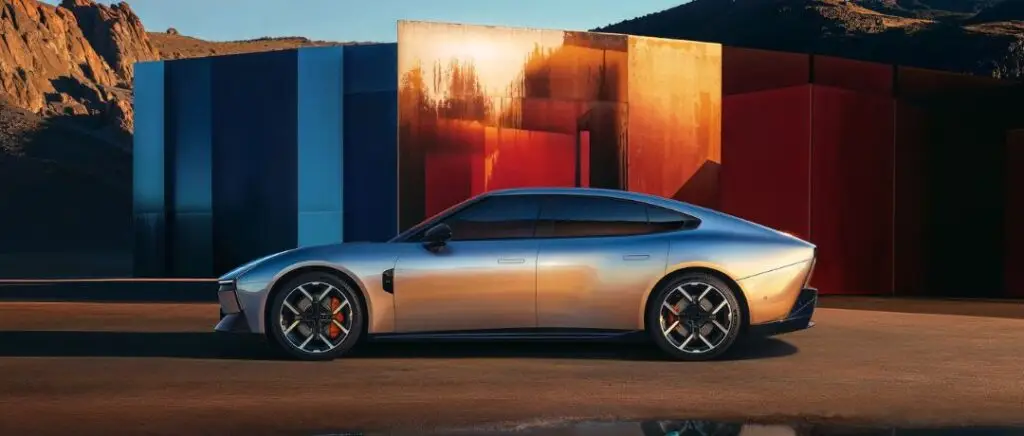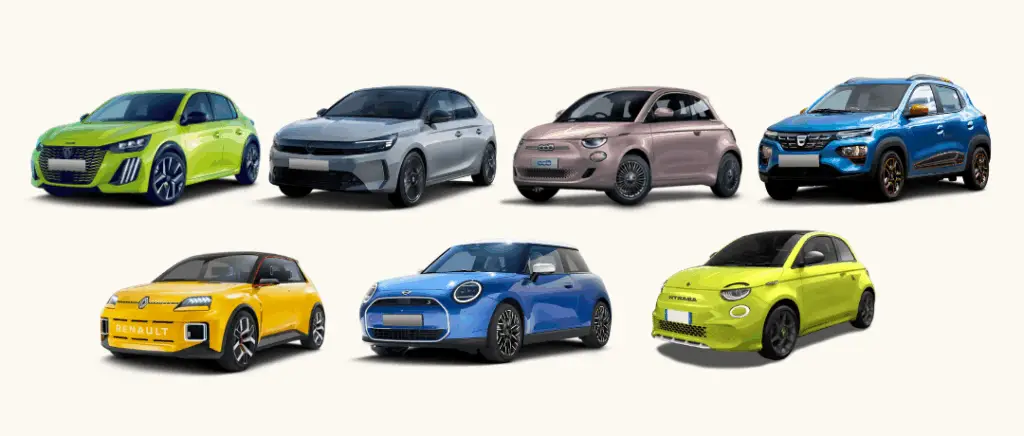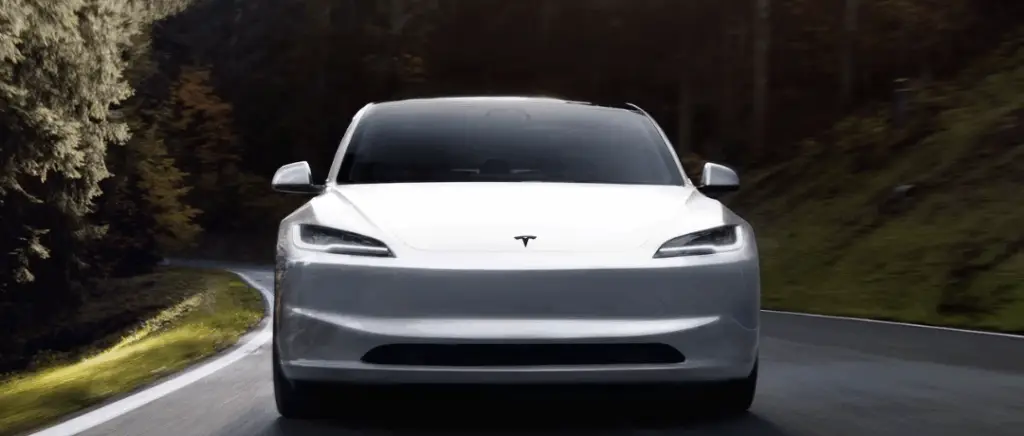How does the Xpeng P7 perform?
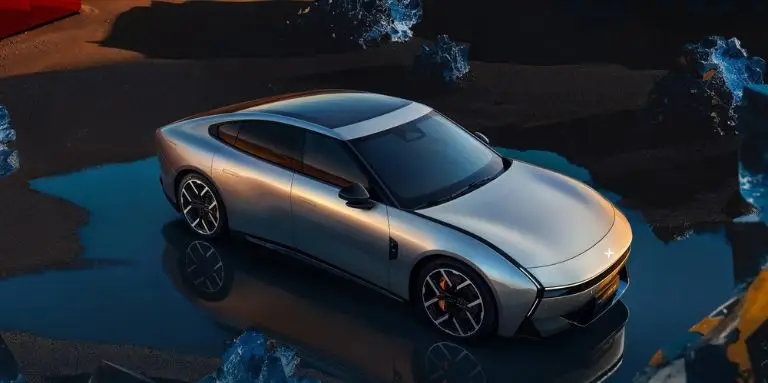
The new Xpeng P7 is emerging as one of the most promising electric saloon cars on the market, combining power and elegance, autonomy and cutting-edge technologies. Here's a detailed overview of its key performances, which position it against the benchmarks in the premium segment:
- A choice of two engines:
- Rear-wheel drive (RWD): 196 kW (266 bhp) electric motor, accelerating from 0 to 100 km/h in just 6.7 seconds.
- All-wheel drive (AWD): twin engines developing 316 kW (430 bhp), accelerating from 0 to 100 km/h in 4.3 seconds.
- Remarkable autonomy :
- Up to 706 km according to the NEDC cycle; in real conditions (WLTP cycle), the estimated range is around 550 km, putting it among the best in its category.
- Battery capacity (up to 86.2 kWh depending on the version), optimised by an excellent coefficient of performance. aerodynamics.
- Fast and efficient recharge:
- Compatible with DC rapid charging, enabling you to go from 30 % to 80 % of battery in around 30 minutes.
- Support for domestic and public AC terminals, for maximum flexibility in everyday use.
- On-board technologies :
- XPILOT semi-autonomous driving system (up to version 4.0), incorporating 31 sensors for advanced assistance on motorways and in urban environments.
- Latest-generation artificial intelligence, optimising safety and driving comfort.
- Dynamism and comfort :
- Chassis optimised for stability and agility, thanks to a low centre of gravity and generous wheelbase.
- Aerodynamic and sporty design, enhancing fuel efficiency and driving sensations.
With these strengths, the Xpeng P7 is a credible alternative to the Tesla Model 3 and Model S, offering top-level performance, competitive range and a host of technological innovations. Its clear aim is to appeal to discerning drivers looking for an electric saloon that is at once powerful, elegant and connected.
How much battery life does the Xpeng P7 offer?
The Xpeng P7 has established itself as one of the most enduring electric saloon cars in its category, with range figures that rival the European market benchmarks.
- According to the WLTP cycle, the Xpeng P7 can travel up to 576 km on a single charge, making it one of the best ranges available for a mainstream electric saloon.
- Several versions are available, with different battery capacities :
- Standard Range: 60.2 kWh battery, range of up to 480 km.
- Long Range: 70.8 kWh battery, range of up to 586 km.
- Super Long Range: 80 kWh battery, range of between 670 and 706 km depending on configuration.
- In real-life conditions, tests reveal an effective range generally of between 448 and 500 km, depending on driving style and weather conditions.
- Average fuel consumption is around 16.8 kWh/100 km, a competitive score for a saloon of this size.
- The Xpeng P7 also benefits from rapid recharging (up to 175 kW), enabling the battery to go from 10 to 80 % in around 30 minutes, an advantage on long journeys.
With such a long range, the Xpeng P7 meets the expectations of demanding drivers, whether for urban use or long motorway journeys, while limiting the anxiety associated with recharging.
In short, the Xpeng P7 boasts a generous range, efficient energy management and rapid recharging technologies, positioning the Chinese saloon as a credible alternative to the big names in the European electric segment.
What's new about the looks of the Xpeng P7?
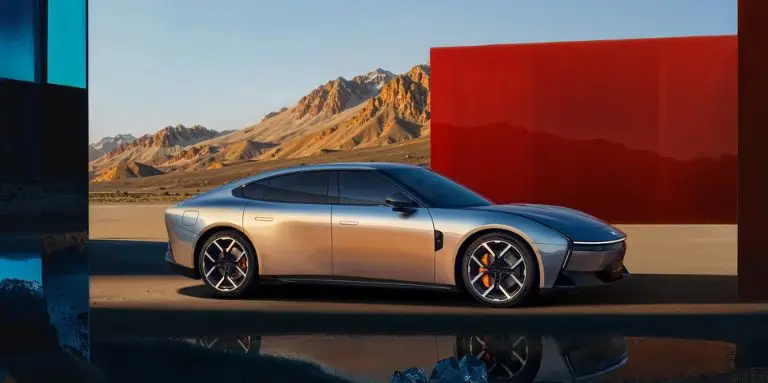
The new Xpeng P7 marks a real stylistic turning point for the Chinese electric saloon, thanks in large part to the talent of Rafik Ferrag, a French designer renowned for his experience at Peugeot and already responsible for the first generation of the model. Under his direction, the P7 adopts a more assertive and resolutely modern design, combining clean lines and a fastback profile.
Who is Rafik Ferrag, the designer behind the Xpeng P7?
Rafik Ferrag is the French designer behind the assertive styling of the new Xpeng P7, an electric saloon that marks a turning point in the aesthetics of top-of-the-range Chinese vehicles.
- International course : Rafik Ferrag joined Xpeng in 2018 as Lead Exterior Designer, following experiences at Honda in Tokyo and Citroën in France, giving him a global vision and recognised expertise in the automotive industry.
- Pioneering design for Xpeng He is the creator of the first-generation P7, launched in 2020, which has been hailed for its innovative design and received several awards, including Car of the Year 2021 in China.
- Artistic and technological vision For this new generation, Ferrag wanted to design a sporty, emotional electric saloon that combines art, performance and cutting-edge technology. In his own words, "the all-new Xpeng P7 is a work of art, crafted with emotion and determination".
- Signature design P7: Under his direction, the P7 adopts a sleeker, more muscular style, inspired by the world of GT cars, with flowing lines, a stretched silhouette and meticulous details such as flush handles and light strips running the full width of the vehicle.
A benchmark on the world stage : Thanks to its work, Xpeng is now establishing itself as a key player in automotive design, capable of competing with the biggest names in the sector, particularly on the European market.
Can the Xpeng P7 compete with today's electric hatchbacks?
While the electric saloon market is dominated by the likes of the Tesla Model 3 and the Hyundai Ioniq 6, the new Xpeng P7 aims to shake up the established order. With its futuristic design, ambitious performance and claimed competitive range, the Chinese saloon is taking its place in the big league and is clearly aiming to be one of the best-selling cars in the premium segment.
But does the Xpeng P7 really have what it takes to compete with these models, which are already firmly established on the European market? That's what we're going to analyse by comparing its arguments with the stars of the moment, the Tesla Model 3 and the Hyundai Ioniq 6.
How does the Xpeng P7 stack up against the Tesla Model 3 or the Hyundai Ioniq 6?
| Criteria | Xpeng P7 (2025) | Tesla Model 3 (2024) | Hyundai Ioniq 6 (2025) |
|---|---|---|---|
| Length | 4 888 mm | 4 694 mm (Standard) | 4 855 mm |
| Power | 196 kW (266 bhp) rear-wheel drive, up to 300 kW (410 bhp) 4-wheel drive | 283 to 450 hp depending on version | Approx. 225 bhp (168 kW) |
| Battery | 80.9 kWh net | 60 to 82 kWh depending on version | 77.4 kWh |
| WLTP range | 530 km (rear-wheel drive), 470 km (4-wheel drive) | 491 to 614 km depending on version | Approximately 550 km |
| 0 to 100 km/h | 6.7 s (rear-wheel drive), 4.3 s (4-wheel drive) | 3.3 to 5.6 s depending on version | 6,8 s |
| Boot volume | Approx. 440 L | 425 L | 316 L |
| Fast recharge | Up to 100 kW, 10 % to 80 % in 29 min | Up to 250 kW (Supercharger V3) | Approx. 220 kW |
| Guide price Europe | Approximately €42,500 (Norway) | From €42,990 | From €52,400 |
| Design | Saloon coupé, distinctive light signature | Minimalist, modern design | Streamliner-inspired aerodynamic styling |
| Technologies | Advanced AI, autonomous driving, dual screen, Dynaudio audio system with Dolby Atmos | AutopilotOTA updates, central touch screen | Full ADAS, curved screen, advanced connectivity |
Will the Xpeng P7 be marketed in France and Europe?
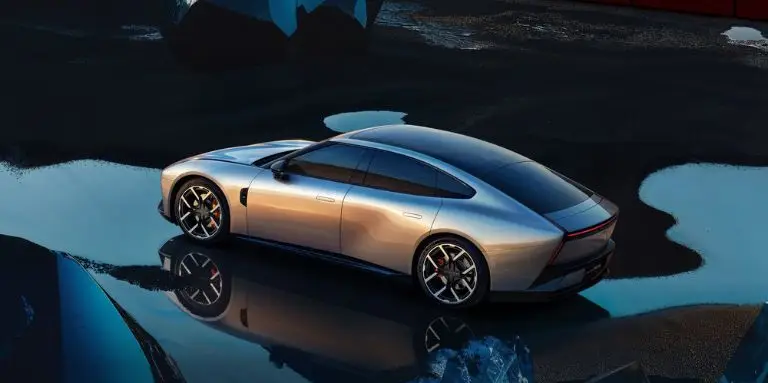
Now that the new generation of the Xpeng P7 has been unveiled, the question of whether it will be marketed in France and Europe is arousing keen interest among electric vehicle enthusiasts. While the Chinese brand has already made its mark with its G6 and G9 SUVs, the P7 saloon, despite being a star in other European markets, has never been offered to French motorists. There are a number of historical and economic factors behind this strategic choice, and it is vital to understand them if we are to anticipate the arrival - or otherwise - of this electric saloon on our roads.
Why wasn't the previous Xpeng P7 available in France?
The first generation of the Xpeng P7, although it made its mark in China with its design and performance, was never offered for sale on the French market. There are several reasons for this conspicuous absence:
- Sales strategy focused on SUVs Xpeng has chosen to give priority to importing its G6 and G9 electric SUVs, models that are judged to be better suited to demand from the French market, where large saloons are losing ground to SUVs and crossovers.
- French market unfavourable to large saloons Xpeng France: According to Xpeng France, the P7 was "never intended to be sold in France", due to a commercial context in which large saloons struggle to attract French buyers, unlike in other European markets where demand remains stronger.
- Regulatory and logistical issues The import of Chinese electric vehicles into Europe is subject to high customs duties, amounting to more than 21 % for Xpeng, in addition to the 10 % already in force. These additional costs have a major impact on the final price of the vehicle, making it less competitive with local or American competitors.
- Lack of approval and adaptation : The previous P7 was not adapted to the specific requirements of the European market, either in terms of safety standards or recharging infrastructure, which slowed down its launch in France.
- Gradual roll-out in Europe Xpeng first tested its models in pilot markets such as Norway, before cautiously extending its range to other European countries, focusing on the most buoyant segments.
This combination of strategic, economic and regulatory factors explains why the first Xpeng P7 never set foot on French roads, despite its success in Asia and its potential against rivals such as the Tesla Model S. The new generation, more ambitious and better adapted to the European market, could change all that in the months to come.
Make your energy transition now, with a range of new 100 % electric vehicles available for leasing from Beev!
What price can you expect for the Xpeng P7 electric saloon?
The price positioning of the Xpeng P7 is one of its main arguments against premium electric saloons, notably the Tesla Model 3. However, it is essential to point out that the standard version of the P7 will not be marketed in France, according to Xpeng France, although an improved version, the P7+, could arrive soon.
- In China, the Xpeng P7 is very competitively priced, at around 27,100 euros for the standard version, much cheaper than a Tesla Model 3 on this market.
- However, this attractive tariff cannot be applied as such in Europe. Importing into the European Union involves :
- High customs duties, recently increased to 21.3 % in addition to the usual 10 %,
- Technical adaptations and approval to meet European standards,
- Logistics costs and distributor margins to be factored in.
- As a result, the entry price of the Xpeng P7 in Europe far exceeds the prices charged in China. In Belgium, it starts at €49,990. In France, if the P7+ goes on sale, its price is likely to be in excess of 50,000 euros, and even in excess of 60,000 euros for the best-equipped versions, according to recent estimates.
- This price positioning puts the Xpeng P7 up against direct rivals such as the Tesla Model 3 Long Range and the BMW i4, while offering a superior level of technology and comfort for an equivalent or slightly lower price.
Summary of the technical specifications of the Xpeng P7?
| Category | Detail |
|---|---|
| Engines |
- Rear-wheel drive: 196 kW (266 bhp), 0-100 km/h in 6.7 s - AWD: 316 kW (430 bhp), 0-100 km/h in 4.3 s |
| Transmission | Rear-wheel drive or all-wheel drive (AWD) |
| Batteries available |
- Standard: 60.2 kWh - Long Range: 70.8 kWh - Super Long Range: 80 kWh (up to 86.2 kWh depending on version) |
| Range (WLTP) |
- Up to 576 km - Standard: 480 km - Long Range: 586 km - Super Long Range: 670-706 km (NEDC) |
| Estimated real range | Approximately 448-550 km depending on conditions |
| Average consumption | 16.8 kWh/100 km |
| Fast recharge |
- Up to 175 kW - 10 to 80 % in ~30 min |
| AC Recharge | Compatible with domestic and public terminals |
| Design |
- Sporty, aerodynamic fastback saloon - Sleek lines, flush handles, full lighting signature |
| Dimensions (L x W x H) | 4 888 mm (length) |
| Boot volume | Approx. 440 L |
| Chassis | Low centre of gravity, generous wheelbase |
| On-board technologies |
- XPILOT 4.0 (semi-autonomous, 31 sensors) - Advanced AI - Dual screen, Dynaudio audio with Dolby Atmos |
| Dynamic performance | Good stability, agile driving |
| Price Europe (indicative) |
- Belgium: from €49,990 - Norway: approx. €42,500 - France: estimated at > €50,000 (P7+ version) |
| Designer | Rafik Ferrag (former Peugeot, Citroën, Honda) |
| Availability in France | Not confirmed for the expected standard P7+ version, but regulatory and tax uncertainty |
Conclusion
The Xpeng P7 is an ambitious electric saloon, combining refined design, top-level performance and cutting-edge technologies thanks to the advanced integration of artificial intelligence. With its remarkable range, rapid recharging capabilities and dynamic comfort, it is a credible alternative to European and American benchmarks such as the Tesla Model 3 and the Hyundai Ioniq 6. Despite a competitive price in China, its price in Europe remains high because of customs duties and the necessary adaptations, which could slow down its democratisation on the French market.
However, the new generation, driven by the talent of designer Rafik Ferrag, could well shake up the top-of-the-range electric saloon segment and strengthen Xpeng's presence on the European market, provided it overcomes the regulatory and commercial hurdles.
Do you want to go electric? Beev can help you make the transition to greener, more sustainable mobility. Whether you're an individual looking for a installation of home charging points or a professional requiring installation of recharging points for professionalswe are simplifying theinstallation of a recharging pointby offering you tailor-made solutions to meet your specific needs. So go ahead, install a charging point and set yourself apart from the competition.
You would like toto electric?
Beev offers multi-brand 100% electric vehicles at the best prices, as well as recharging solutions.
